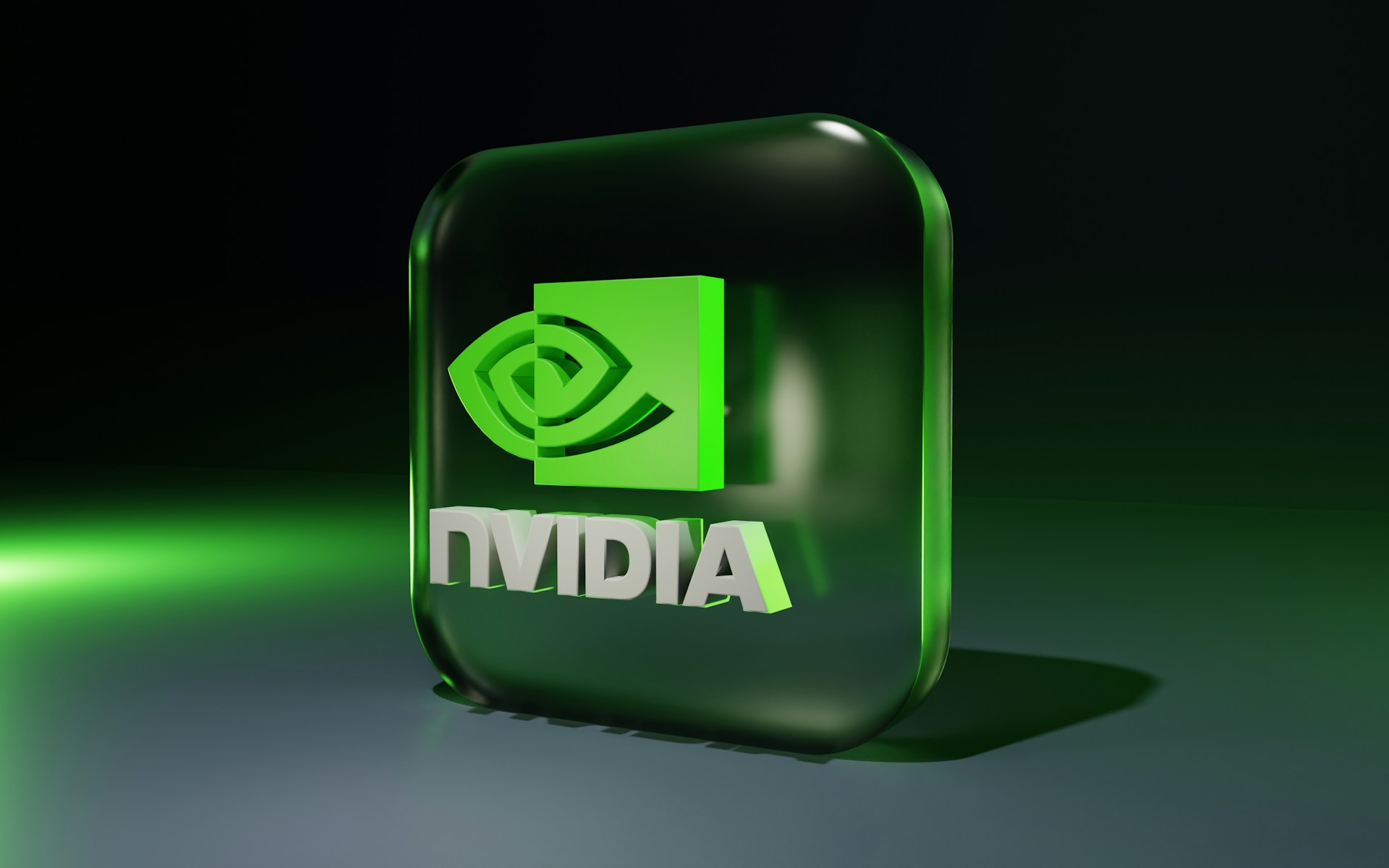NVIDIA, the tech giant at the heart of the AI boom, has seen its stock lose significant ground in recent weeks. Since reaching its all-time high of $153.13 in January 2025, the share price has fallen by roughly 27.5%, closing at $110.93 on April 11, 2025. This steep decline has left many investors wondering: is this the start of a long-term downturn, or a rare opportunity to buy the dip?
A closer look at the company’s historical performance and current fundamentals may offer some clues about what’s next for NVIDIA.
What’s Behind the Decline in NVIDIA Stock?
NVIDIA’s recent slide comes after an extraordinary run. From November 2022 to January 2025, the stock soared over 1,000%, largely fueled by excitement over generative artificial intelligence. However, that enthusiasm has recently given way to more cautious sentiment.
Rising geopolitical tensions—especially between the U.S. and China—have rattled markets, while concerns have surfaced about whether massive investments in AI infrastructure are sustainable over the long haul. Adding to the unease are reports about DeepSeek, a Chinese AI startup making waves and stoking competitive fears.
A Rebound in Sight? Past Trends Suggest Recovery
An analysis by The Motley Fool offers an encouraging perspective. Over the past decade, NVIDIA stock has experienced three major corrections—each exceeding 35%. In all three instances, the company bounced back with massive gains. On average, the stock rose 305% in the two years following each dip.
One standout example: during the COVID-19 market crash in March 2020, NVIDIA shares plummeted nearly 40%, only to hit a new high within two months. Over the following two years, the stock delivered a return of around 400%.
Even during its sharpest correction—from late 2021 to October 2022—when the stock lost 66% of its value, NVIDIA rebounded to new highs in just six months. Over the next two years, investors saw a return of approximately 335%.
These patterns suggest that NVIDIA has a proven track record of emerging stronger from downturns.
Still Leading the AI Race
Despite recent turbulence, NVIDIA remains the undisputed leader in the AI hardware space. Reports indicate the company controls roughly 98% of the data center GPU market and more than 85% of the AI accelerator segment. Analysts argue that falling costs in AI development could actually drive broader demand—an area where NVIDIA is well positioned to benefit.
The company is also expanding beyond generative AI, investing heavily in emerging sectors like autonomous vehicles and robotics. Its vertically integrated approach—which includes GPUs, CPUs, networking hardware, and software—enables the creation of complete AI systems optimized for performance and efficiency.
Challenges Ahead, But NVIDIA May Be Ready
NVIDIA does face growing competition from companies like Broadcom and Marvell, which are developing application-specific integrated circuits (ASICs) aimed at AI tasks. However, experts point out that NVIDIA has a key advantage: its proprietary CUDA software platform. CUDA simplifies the development of AI applications—something competitors’ ASICs currently struggle to match.
Moreover, according to The Motley Fool, Morgan Stanley expects NVIDIA’s new B200 chip to deliver twice the performance per dollar compared to leading ASICs available today. That could help NVIDIA maintain its competitive edge in the near future.
Final Outlook
While NVIDIA stock is undeniably under pressure, historical data suggests that such pullbacks have often been followed by strong rebounds. For investors betting on long-term trends like AI and data center infrastructure, the current dip might represent a compelling entry point.
Still, as always with the stock market, the future remains uncertain. But if the past is any guide, counting NVIDIA out might be premature.
 Leaked Sony Xperia 10 VII Renders Reveal Major Design Overhaul
Leaked Sony Xperia 10 VII Renders Reveal Major Design Overhaul  Tesla Quietly Pulls Plug on Model S and Model X Sales in Germany and Beyond
Tesla Quietly Pulls Plug on Model S and Model X Sales in Germany and Beyond  Temu Targets Germany’s Grocery Market: A New Competitor for Aldi, Lidl, and More
Temu Targets Germany’s Grocery Market: A New Competitor for Aldi, Lidl, and More  NFC Gets a Major Upgrade: New Standard Expands Range Fourfold
NFC Gets a Major Upgrade: New Standard Expands Range Fourfold  American Coastal Insurance Corp.: Focused on Residential and Commercial Insurance Solutions
American Coastal Insurance Corp.: Focused on Residential and Commercial Insurance Solutions  HUAWEI FIT 4 Pro: A Smartwatch That Delivers Without Breaking the Bank
HUAWEI FIT 4 Pro: A Smartwatch That Delivers Without Breaking the Bank  Direxion Daily S&P Biotech Bull 3X: A High-Octane Bet on the Biotech Sector
Direxion Daily S&P Biotech Bull 3X: A High-Octane Bet on the Biotech Sector  Nvidia’s Warp Python Framework for CUDA Now Open Source
Nvidia’s Warp Python Framework for CUDA Now Open Source  Biomea Fusion Advances Targeted Therapies for Cancer and Diabetes
Biomea Fusion Advances Targeted Therapies for Cancer and Diabetes 